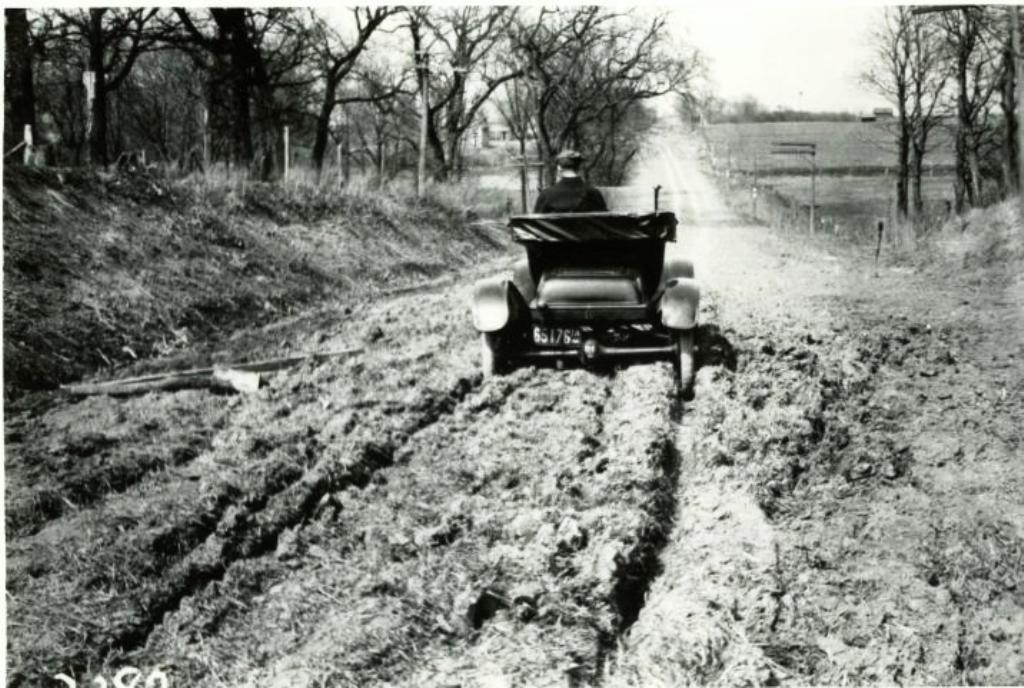The idea of a bicycle having been invented earlier has been discussed before, see:
*Medieval bicycle
*Earliest possible bicycle
*WI: Leonardo da Vinci invents the bicycle?
*What if bicycles were invented centuries earlier?
*WI: Bicycle developed earlier?
Another related technology, the bicycle lift in Trondheim, also strikes me as quite recent in relation to the technology involved, as well as the bicycle craze.
The first paved roads were, in fact, paved for bicycles, and this was before popularisation of the motor car. One reason that the first popular motor cars put and end to the bicycle craze is that cars have always been better at hilclimbing than the pushbikes of the time. This was before electrically assisted bicycles were a practical option.
Bicycles apparently remained more popular in flat countries like the Netherlands and Denmark, and to this day these countries are known for their high bicycle usage rates and extensive bicycle infrastructure.
Take a look at bikes passing red lights in the Netherlands, these not being applicable to them and also a special routing signal for bicycles:
But anyway, could the same have happened elsewere in the developed world if the bicycle lift had appeard during the bicycle craze?
*Medieval bicycle
*Earliest possible bicycle
*WI: Leonardo da Vinci invents the bicycle?
*What if bicycles were invented centuries earlier?
*WI: Bicycle developed earlier?
Another related technology, the bicycle lift in Trondheim, also strikes me as quite recent in relation to the technology involved, as well as the bicycle craze.
The first paved roads were, in fact, paved for bicycles, and this was before popularisation of the motor car. One reason that the first popular motor cars put and end to the bicycle craze is that cars have always been better at hilclimbing than the pushbikes of the time. This was before electrically assisted bicycles were a practical option.
Bicycles apparently remained more popular in flat countries like the Netherlands and Denmark, and to this day these countries are known for their high bicycle usage rates and extensive bicycle infrastructure.
Take a look at bikes passing red lights in the Netherlands, these not being applicable to them and also a special routing signal for bicycles:
But anyway, could the same have happened elsewere in the developed world if the bicycle lift had appeard during the bicycle craze?
Last edited:
